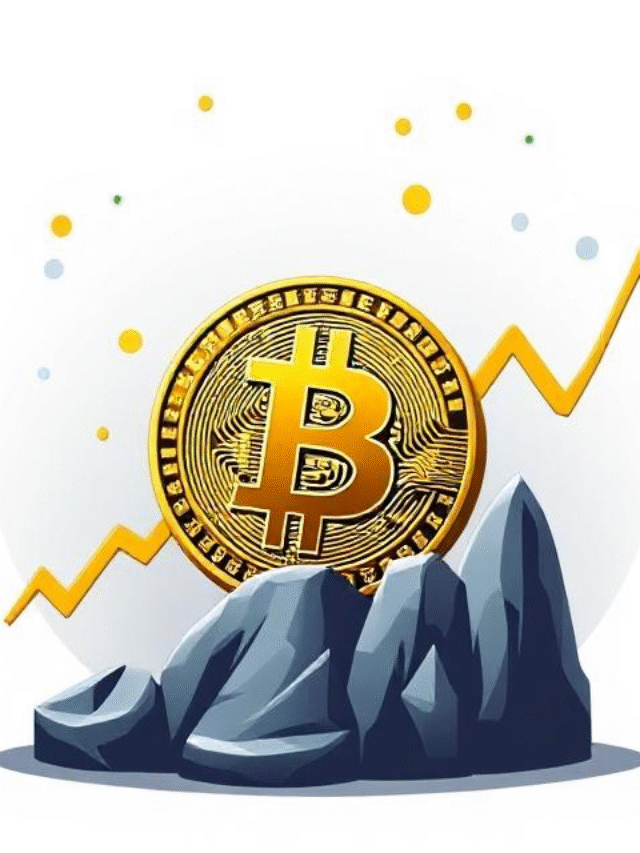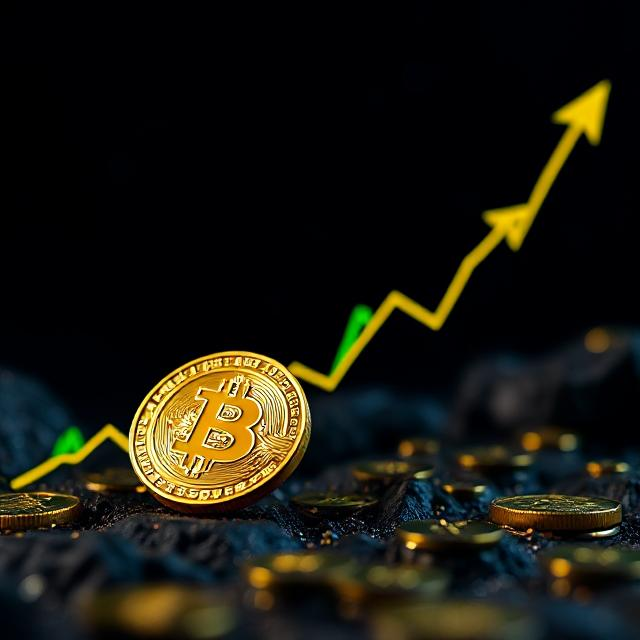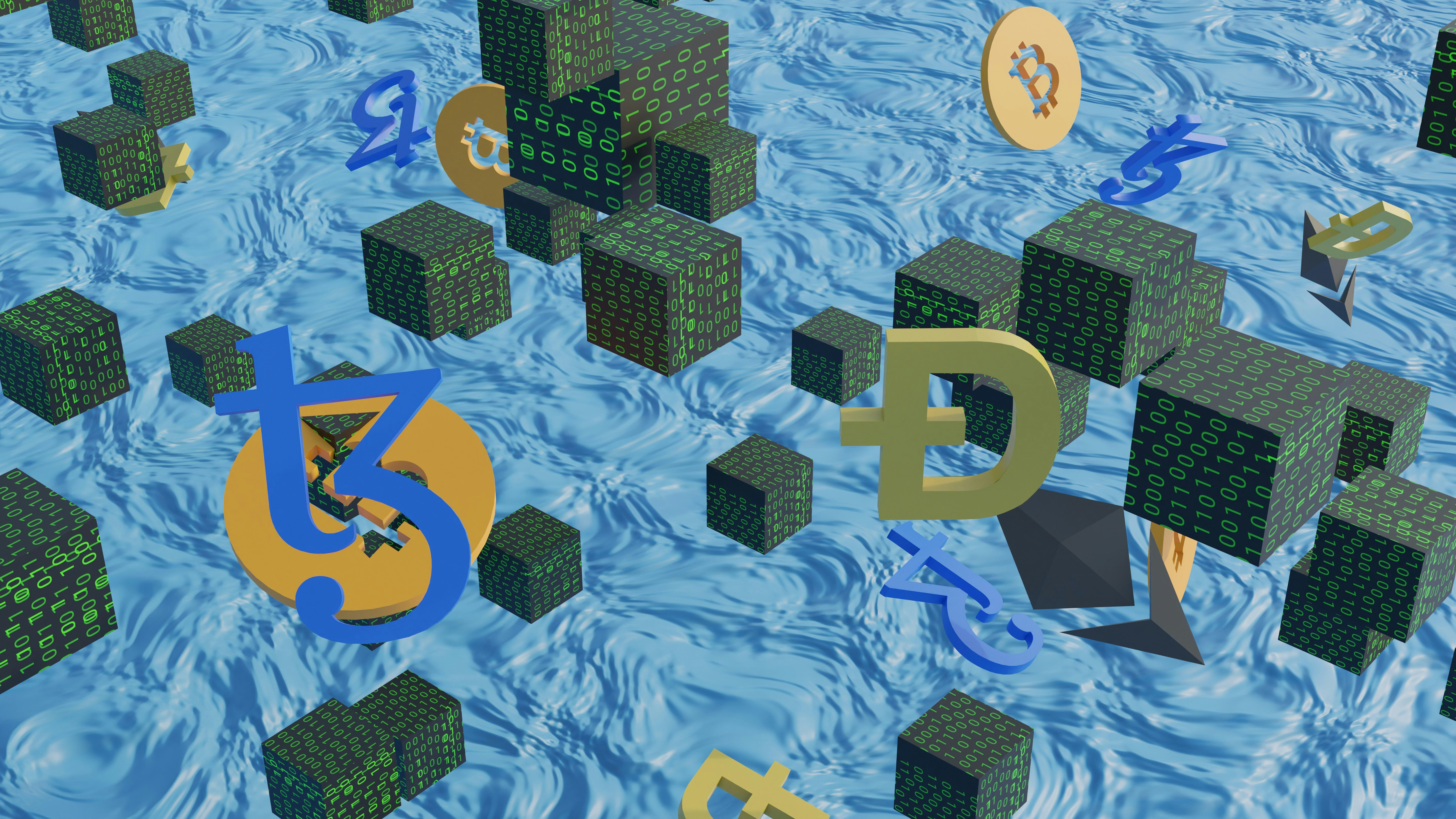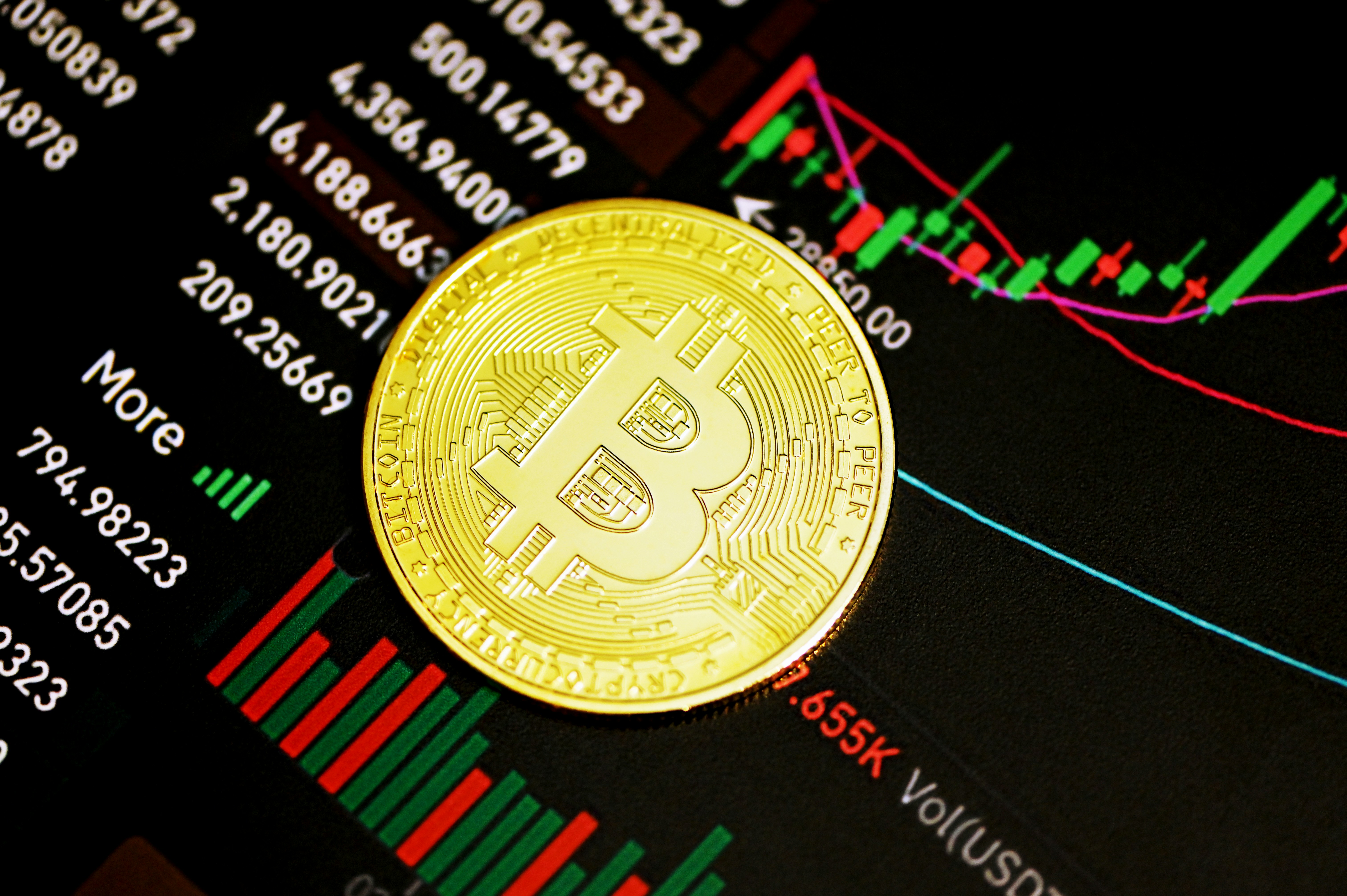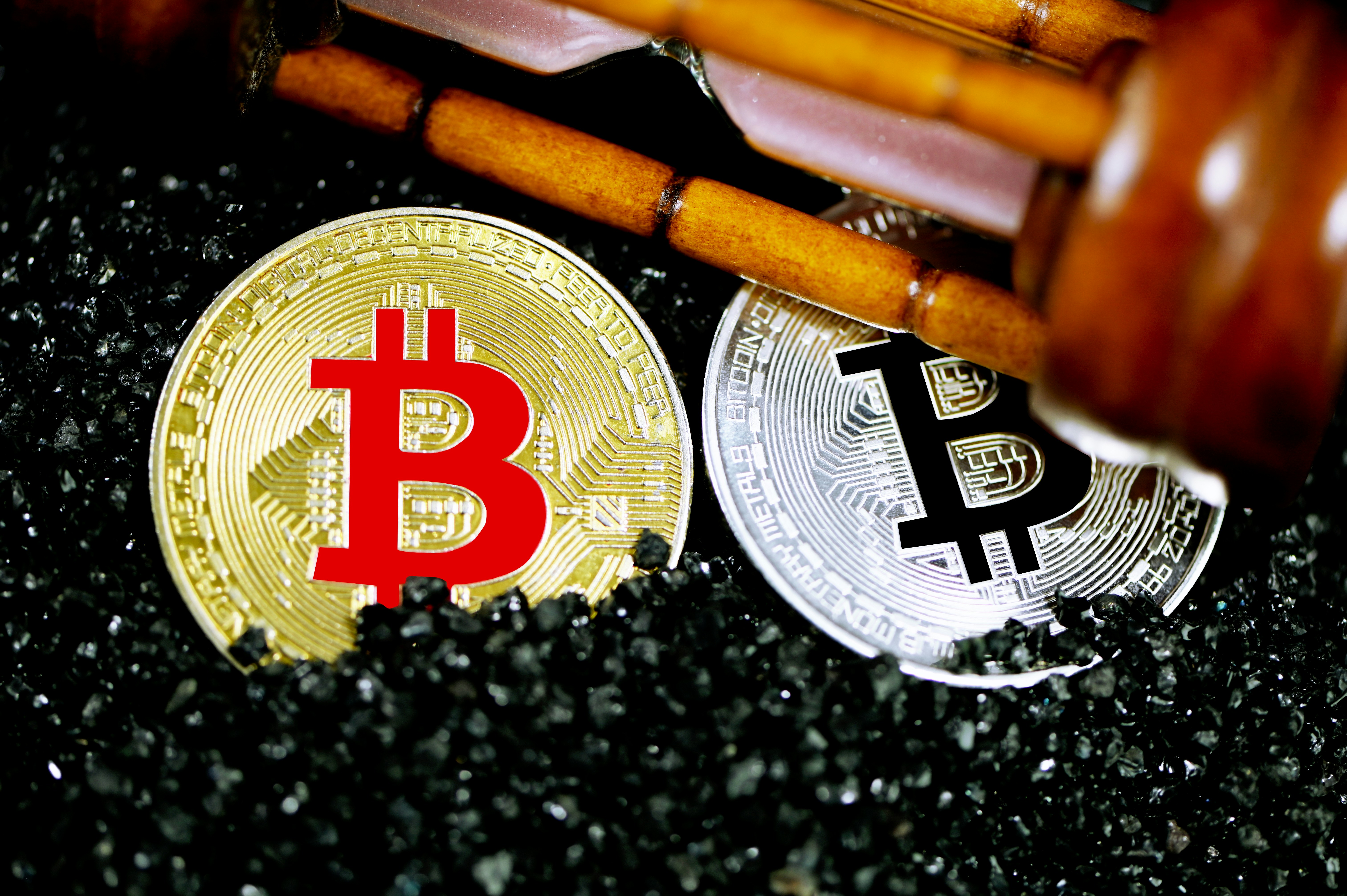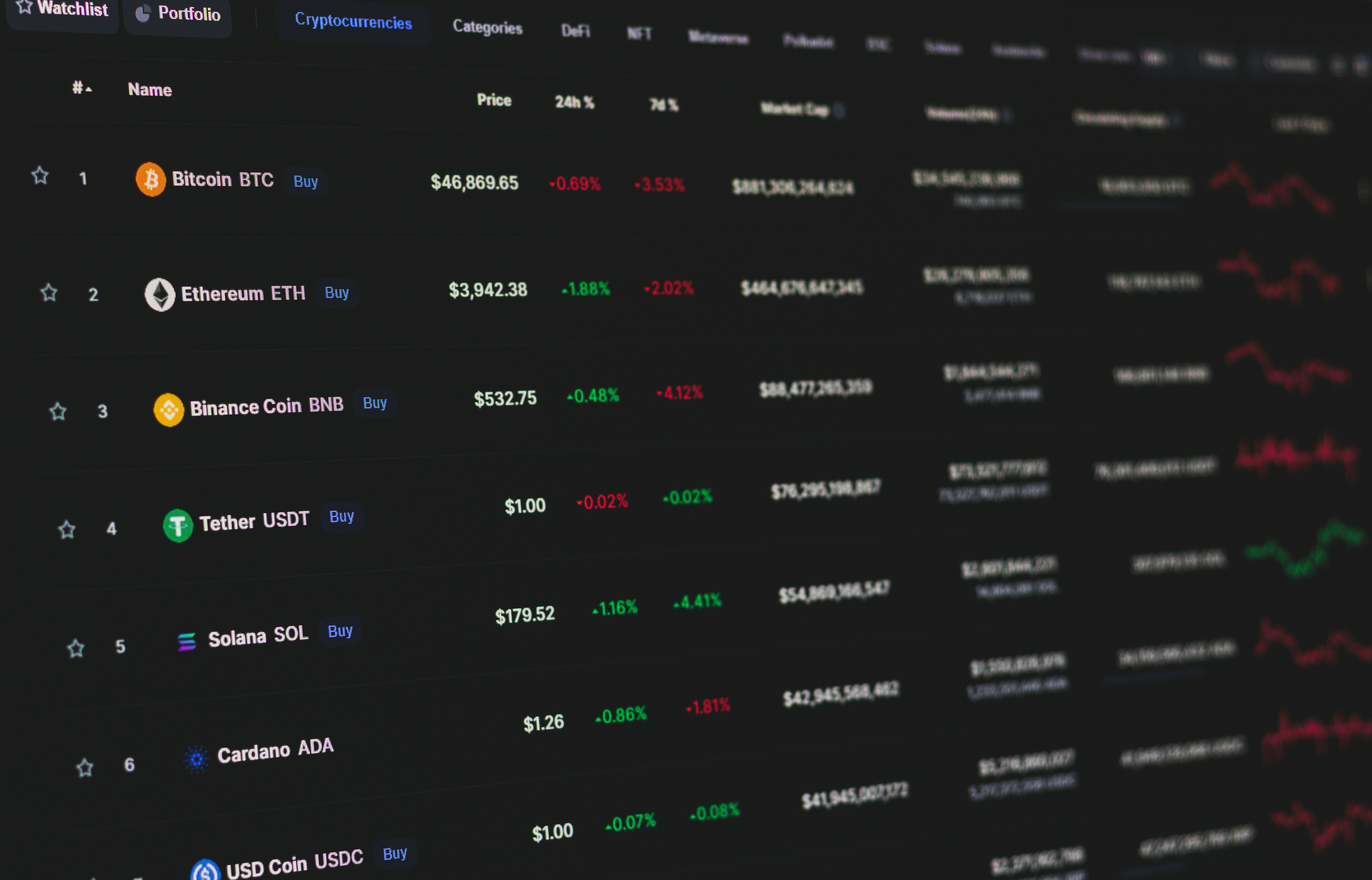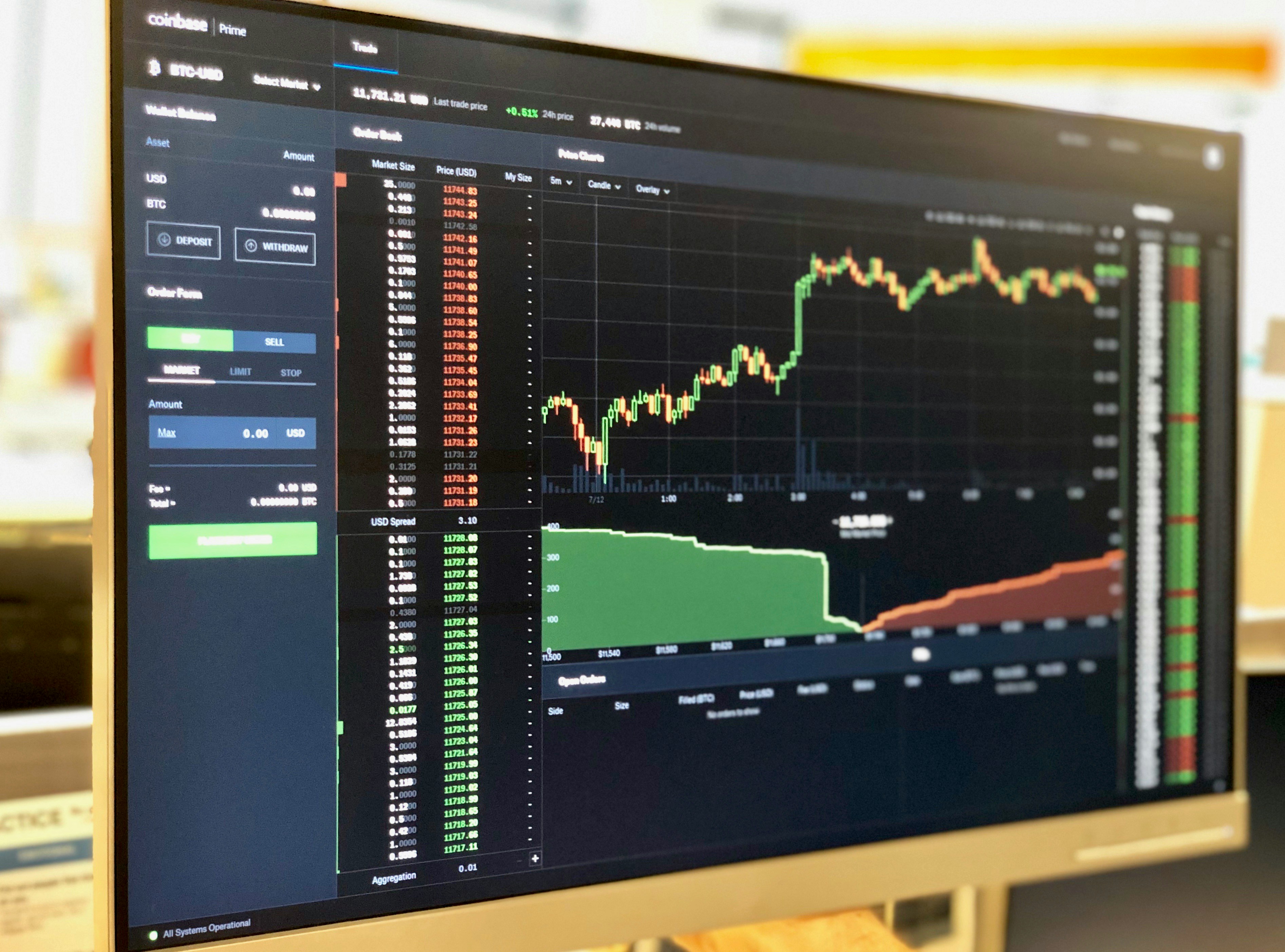
Introduction to Tokenized Securities
Understanding Tokenized Securities: The Future of Investment
Tokenized securities represent a transformative evolution in the world of finance. They are digital representations of traditional financial assets, such as stocks, bonds, or real estate, using blockchain technology. Unlike conventional securities, which are often encumbered by lengthy processes and intermediaries, tokenized securities offer a more streamlined, efficient approach. This innovation allows for a more secure and transparent transaction environment, potentially addressing many limitations associated with traditional financial systems.
The foundational principle of tokenization is the conversion of physical or digital assets into tokens that exist on a blockchain. Each token corresponds to a specific share of the underlying asset, generating a unique digital identifier that enhances traceability and ownership verification. By leveraging smart contracts—self-executing contracts coded on the blockchain—tokenized securities allow for automated compliance with legal and regulatory standards. This automation can minimize the costs and inefficiencies often associated with the management and transfer of traditional investments.
The significance of tokenized securities is underscored by their potential to democratize access to investment opportunities. By breaking down assets into smaller, more affordable units, a broader range of investors can partake in various asset classes, including those previously limited to high-net-worth individuals or institutional investors. Additionally, the ability to trade these tokenized assets on decentralized platforms has opened up new avenues for liquidity and market access, making it easier for investors to react to market dynamics.
In this context, it becomes clear why tokenized securities are gaining attention in today’s rapidly evolving financial landscape. As the traditional financial ecosystem faces ongoing challenges, these digital innovations may provide practical solutions that offer significant benefits in terms of efficiency, accessibility, and transparency.
The Mechanics of Tokenization
Tokenization refers to the process of converting rights to an asset into a digital token that exists on a blockchain. This innovative method leverages blockchain technology, which provides a decentralized and transparent platform for managing ownership and transactions of real-world assets. The use of blockchain ensures that all transactions are recorded permanently, facilitating verification and reducing the likelihood of fraud.
At the heart of tokenization are smart contracts, which are self-executing contracts with the terms of the agreement directly written into code. Smart contracts allow for the automation of various aspects of tokenized securities, including compliance with regulatory requirements, transaction processing, and governance. These contracts function by executing actions automatically when predefined conditions are met, enhancing efficiency and reducing reliance on intermediaries.
In the process of tokenizing securities, an asset is represented by a digital token on the blockchain, effectively providing a “wrapper” around the asset. This token can represent anything from ownership shares in a company to real estate or art. Once tokenized, these assets can be traded on blockchain marketplaces, allowing for greater liquidity and accessibility for investors. The fractionalization of assets is another significant advantage of tokenized securities, as it enables investors to purchase smaller portions of high-value assets, thereby democratizing investment opportunities.
Furthermore, tokenization introduces transparency to the trading process. Each transaction is recorded on the blockchain, creating an immutable ledger that can be traced and audited. This transparency can build trust among investors and regulatory bodies, contributing to the growing interest in tokenized securities. In summary, the mechanics of tokenization harness blockchain technology and smart contracts to secure and streamline the trading of assets, making it an increasingly appealing option in the investment landscape.
Types of Tokenized Securities
Tokenized securities represent a significant shift in the investment landscape, enabling a wide variety of asset classes to be digitized and traded on blockchain platforms. The three primary types of tokenized securities include debt securities, equity tokens, and real estate tokens, each offering distinct features and benefits that appeal to investors.
Debt securities, often known as bond tokens, allow issuers to raise capital by borrowing from investors while providing a fixed return over time. These tokens enable fractional ownership, making it accessible for smaller investors to participate in fixed-income investments. With tokenized debt securities, the inherent transparency and efficiency of blockchain technology can streamline issuance and trading processes, thereby reducing costs and increasing liquidity.
Equity tokens represent ownership stakes in a company or project, much like traditional shares. However, unlike conventional equity, tokenized equity can provide continuous liquidity by enabling instantaneous transfers among investors on digital exchanges. Furthermore, the fractionalization of equity tokens allows for smaller investments in high-value companies, thus democratizing access to equity investments. Moreover, some equity tokens may come with unique rights, such as dividends or governance voting, which can enhance their appeal to prospective shareholders.
Real estate tokens facilitate investment in real estate properties by encapsulating ownership rights in a digital format. Investors can buy fractional shares of real estate assets, thus lowering the barrier to entry into the real estate market. These tokens not only enhance liquidity but also provide transparent access to property performance data, enabling investors to make informed decisions. Tokenized real estate can also simplify the buying and selling process, minimizing the traditional bottlenecks associated with real estate transactions.
Overall, the unique features of these different types of tokenized securities illustrate their potential to reshape investment practices and attract a broader range of investors. As the market continues to evolve, understanding what are tokenized securities and their implications will be critical for participants in the financial ecosystem.
Advantages of Tokenized Securities
Tokenized securities are digital representations of traditional financial assets that exist on a blockchain. This innovative approach offers several notable advantages, making them increasingly attractive to both investors and issuers. One of the primary benefits is increased liquidity. Traditional assets, often subject to long settlement times and cumbersome processes, can now be traded more freely and quickly on digital platforms, allowing investors to buy and sell with greater ease. For example, tokenized real estate enables fractional stakes in properties, allowing more participants in the market and efficient trading.
Another significant advantage is the opportunity for fractional ownership. This concept allows investors to purchase a portion of an asset rather than requiring them to buy the entire asset upfront. As a result, even those with limited capital can gain access to high-value investments. For instance, a luxury commercial building valued at millions can be tokenized, allowing multiple investors to own a fraction of it while maintaining a stake in its potential appreciation.
Lower transaction costs are also a hallmark of tokenized securities. Traditional methods often involve numerous intermediaries, each charging fees. In contrast, blockchain technology significantly reduces the need for these intermediaries, minimizing costs associated with trading and asset management. This reduction can enhance returns for investors and streamline the issuance process for companies looking to raise capital.
Lastly, enhanced accessibility is a crucial benefit of tokenized securities. Investors around the globe can participate in markets that were previously beyond their reach due to geographic or financial barriers. By leveraging technology, tokenized securities create a more inclusive investment environment, allowing a diverse range of investors to access investment opportunities once limited to wealthy individuals or institutional investors.
Challenges and Risks of Tokenization
While tokenized securities present a range of innovative opportunities within the investment landscape, they are not without challenges and risks that require careful consideration. One of the primary hurdles is regulatory compliance. As tokenized securities blur the lines between traditional financial instruments and digital assets, navigating the complex legal frameworks becomes increasingly challenging. Governments and regulatory bodies around the world are still formulating policies that address the nuances of blockchain technology and tokenization, often leading to uncertainty for businesses and investors alike. This lack of clarity can result in compliance headaches and potential legal repercussions for organizations that fail to adhere to evolving regulations.
Another concern relates to technological vulnerabilities inherent in blockchain systems. Although the decentralized nature of these networks contributes to increased security, they are not immune to cyber-attacks or technological failures. Issues such as smart contract bugs, wallet security breaches, and the risks associated with centralized points of failure can lead to significant financial losses. Investors must be cognizant of these vulnerabilities and ensure that they are engaging with credible platforms that prioritize cybersecurity and risk management.
Moreover, market adoption remains a significant barrier for tokenized securities. Despite growing interest, many institutions and investors are still hesitant to embrace this new asset class fully. This skepticism can stem from a lack of understanding regarding how tokenized securities function, along with concerns over the volatility and liquidity of these digital assets. Until widespread adoption occurs, these securities may struggle to reach their full potential, limiting the integration of tokenization into the broader financial ecosystem. Each of these factors underscores the importance of a cautious approach when considering investment in tokenized securities, balancing innovative potential with inherent risks.
Market Trends and Adoption Rates
The landscape of investments is undergoing a significant transformation, largely driven by the emergence of tokenized securities. These digital representations of traditional assets are gaining traction, and recent market trends indicate a burgeoning interest from institutional and retail investors alike. Adoption rates for tokenized securities have escalated, underscoring their potential to reshape investment practices.
In recent developments, notable financial institutions and technology firms have begun to explore and implement solutions involving tokenized securities. For instance, a range of pilot projects has been launched to understand the efficacy of blockchain technology in facilitating secure and efficient transactions. Reports from leading financial consulting firms predict that by 2025, tokenized assets could represent a market value exceeding $24 trillion. This remarkable projection highlights not only the rising acceptance of tokenization but also the broader implications for asset liquidity and access to investment opportunities.
Key players in the tokenization space include established financial institutions, fintech startups, and blockchain platforms. Major banks are collaborating with tech innovators to create tokenized versions of stocks, bonds, and real estate. Such collaborations signal a commitment to adapt to the demands of a rapidly evolving market. Additionally, regulatory frameworks are progressively adapting to accommodate this innovative asset class, fostering an environment conducive to growth.
The surge in interest can also be attributed to the benefits associated with tokenized securities, such as fractional ownership, greater liquidity, and improved transparency in transactions. As investors increasingly seek alternative investment vehicles, the tokenization trend is likely to continue its upward trajectory. Monitoring these market trends will be crucial for understanding the future of investment and the status of tokenized securities in the broader financial ecosystem.
Regulatory Landscape for Tokenized Securities
The regulatory framework surrounding tokenized securities is evolving rapidly as governments and regulatory bodies strive to adapt to technological advancements in the financial sector. Tokenized securities, essentially digital representations of traditional securities on a blockchain, present unique challenges and opportunities in terms of compliance. As these instruments gain traction, understanding the regulatory landscape is crucial for investors and issuers alike.
Currently, tokenized securities are subject to existing securities laws in many jurisdictions. This means that any entity offering these digital assets must comply with regulations that govern traditional securities. For example, in the United States, tokenized offerings often fall under the purview of the Securities and Exchange Commission (SEC), which requires that offerings be registered unless they qualify for an exemption. Similar frameworks exist in the European Union, Asia, and other regions, though each jurisdiction may have specific nuances.
Efforts to provide clearer guidelines for tokenized securities are ongoing. Some governments are actively working to create tailored regulations that address the unique aspects of blockchain technology and tokenization. These initiatives aim to strike a balance between fostering innovation and ensuring investor protection, reducing the regulatory uncertainty currently faced by many market participants. By establishing definitive rules, regulators hope to promote a healthier environment for the issuance and trading of tokenized securities.
The implications of these regulatory developments are significant. For investors, a clear regulatory landscape enhances confidence, potentially leading to an increase in participation in tokenized offerings. Issuers, on the other hand, may benefit from a more predictable framework that simplifies compliance. However, without robust regulations, there remains a risk of fraud and market manipulation, further necessitating the need for comprehensive oversight in the realm of tokenized securities.
Future Outlook of Tokenized Securities
The landscape of investment is evolving rapidly, and at the forefront of this transformation are tokenized securities. As technology continues to advance, the dialogue surrounding what are tokenized securities, and why are they gaining attention is becoming increasingly relevant. The anticipated growth in this sector is influenced by several factors, ranging from blockchain technology improvements to changing attitudes among investors.
One of the key drivers of future developments in tokenized securities is the continuous enhancement of blockchain technology. Innovations such as faster transaction speeds, greater scalability, and improved security features are making tokenized assets more appealing for both issuers and investors. These enhancements can potentially lower costs and streamline processes, making tokenized securities an attractive alternative to traditional investment vehicles.
Furthermore, the democratization of investment opportunities through tokenization is expected to play a significant role in shaping the future of finance. By allowing fractional ownership, tokenized securities can make high-value assets accessible to a broader range of investors. This inclusivity could foster greater participation in the financial markets, thereby increasing overall investor engagement. It is essential to consider that as investors become more educated about what are tokenized securities, and why are they gaining attention, their willingness to adopt these modern instruments is also likely to grow.
Regulatory frameworks will also evolve to accommodate the rise of tokenized securities. Governments and financial authorities worldwide are recognizing the importance of creating a conducive environment for innovation while ensuring investor protection. As regulations mature, enhanced transparency and accountability in tokenized offerings could further establish investor confidence, thus accelerating the adoption of this investment model.
In conclusion, the future outlook for tokenized securities appears promising, driven by technological advancements, shifting investor perceptions, and evolving regulatory landscapes. As these developments unfold, the role of tokenized investments in shaping the future of finance will become increasingly significant.
Conclusion
In summary, tokenized securities represent a significant evolution in the investment landscape, merging the traditional financial systems with cutting-edge technology. The concept of tokenization allows for assets to be represented digitally on a blockchain, making them more accessible, tradeable, and transparent. This innovative approach enables fractional ownership, thereby lowering the barrier to entry for investors and fostering a more inclusive financial environment.
As we examined, the growing attention surrounding tokenized securities stems from multiple factors. First, the capability of these securities to promote liquidity is profoundly appealing, as they can be traded 24/7, harnessing the advantages of blockchain technology. Additionally, the increased transparency and security that blockchain provides are critical in building trust among investors and regulators alike. This trust is essential for the widespread adoption of any financial product, and tokenization efforts are addressing these concerns adequately.
Moreover, regulatory advancements are starting to catch up with the technological developments in tokenization, providing necessary frameworks that ensure compliance and protection for investors. As countries and jurisdictions put forth guidelines to govern these innovative securities, the legitimacy of their usage in the financial markets is further solidified. Therefore, understanding tokenized securities and their implications for the marketplace is essential for both seasoned investors and newcomers alike.
Given the dynamic and rapidly evolving nature of this sector, staying informed about advancements is paramount. As tokenized securities continue to gain traction, the potential for reshaping how we view and participate in investments is undoubtedly significant. Investors and industry stakeholders would do well to monitor these developments, as they hold implications for strategy and opportunity in the future of finance.

